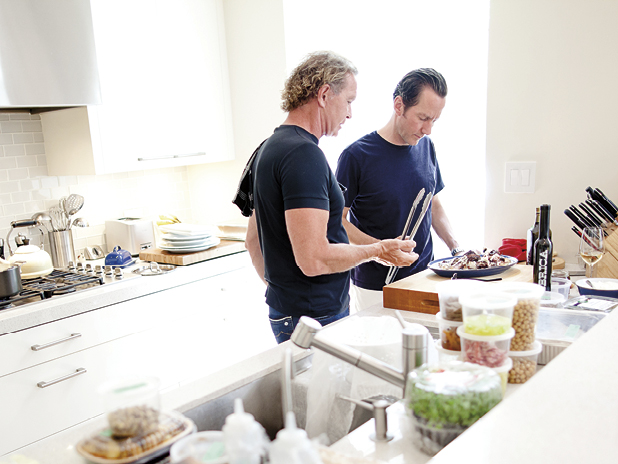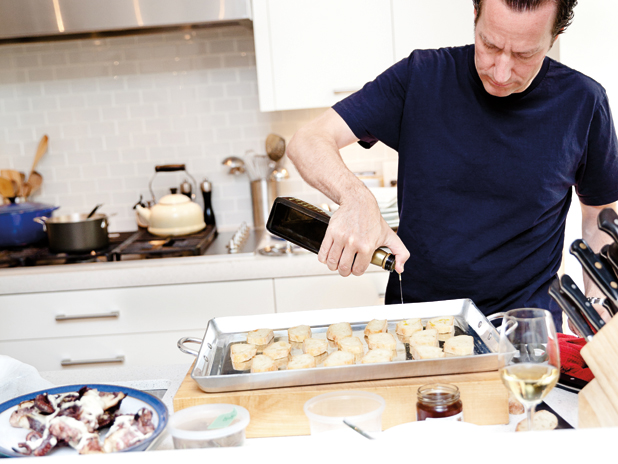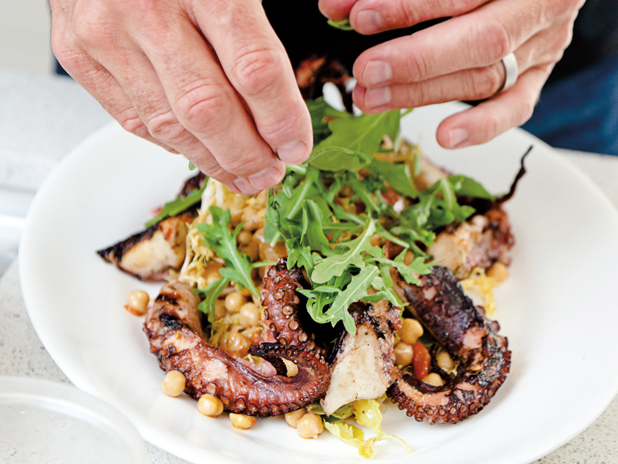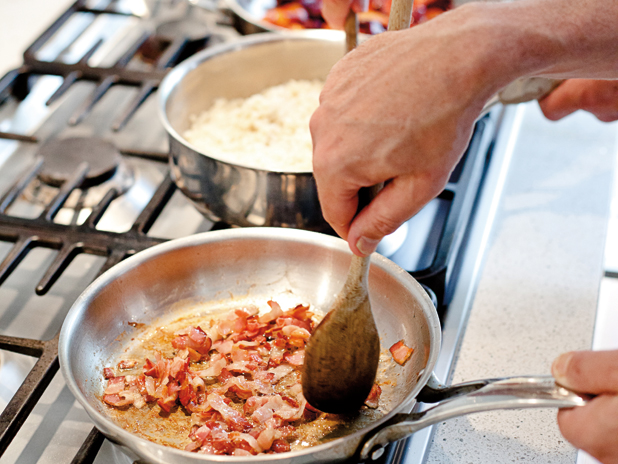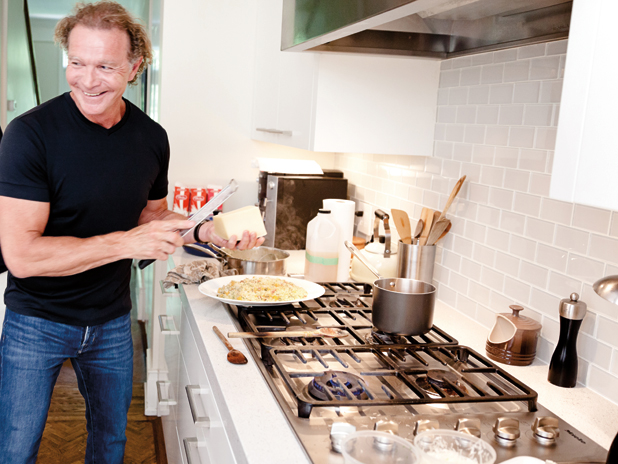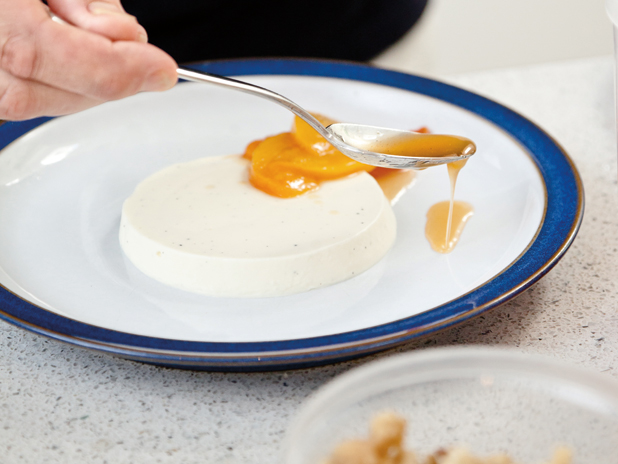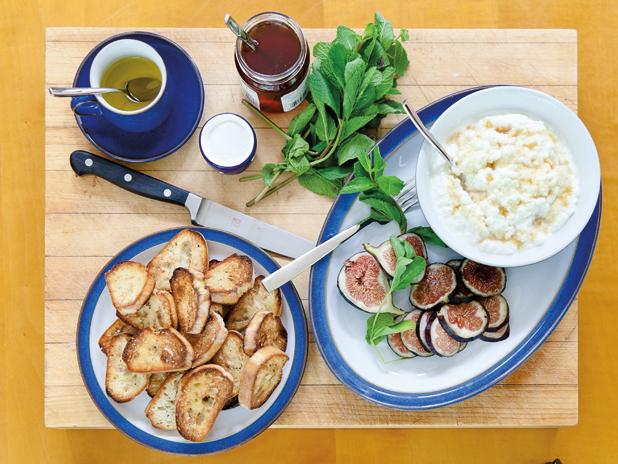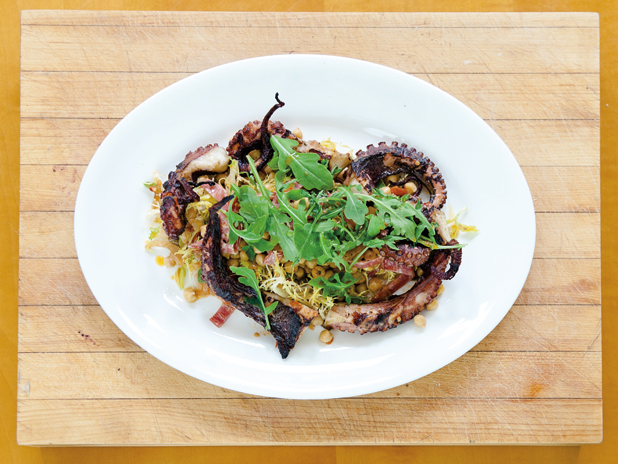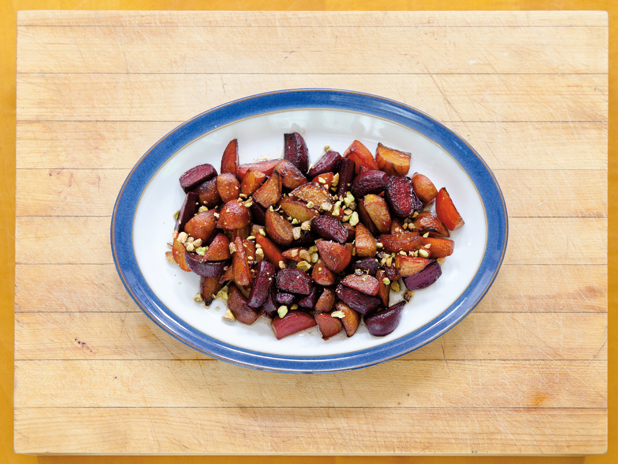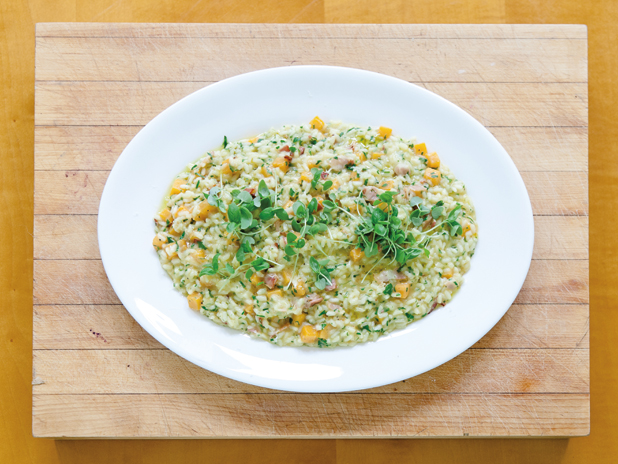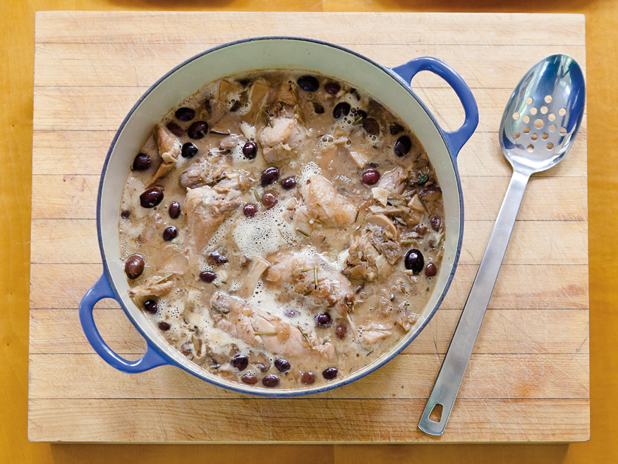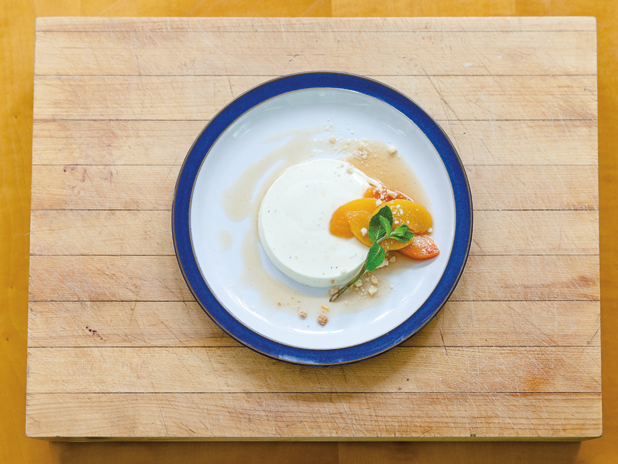How to Prepare an Italian Feast (with Mark McEwan)
The first sensible thing to do when setting out to cook an elaborate, multi-course meal for a dozen-odd guests is to line up a helpful sous-chef. Someone who knows what’s what in the kitchen: not just how to cook, but in what order to go about things. In my experience Mark McEwan is pretty good if you can get him.
“How about I get started on making the ricotta, and you get organized for the risotto?” I suggested to him one recent afternoon, with a view to sensibly dividing up the chores.
He voiced no objection; but all the same he ignored completely, and got to work on the ricotta himself. On which note I will say only that while it is usually best to find kitchen help that can be trusted to follow simple instructions, sometimes peace in the kitchen requires that one simply go with the flow. In this case, I quietly got to work on the support items for his ricotta dish: crostini, figs and honey.
This was to be the first course of our six-course spread, of which each element was pulled more or less intact from our most recent cookbook collaboration, published in late 2011 by Penguin Canada in hardcover as Mark McEwan’s Fabbrica (and more recently in softcover as Rustic Italian).
We had selected recipes from the book by applying the same criteria that everyone should keep in mind while drawing up a menu for a grand dinner party that they intend to cook themselves. So here follow our rules to cook by.
First, choose your dishes to reflect the best that season and place have to offer. And try and remember just because you can find apples in the supermarket in June, and asparagus there in December, it does not mean that they have any relationship at all with your time and place other than that it was stamped on their shipping address.
I am not advocating being obsessive and doctrinaire about what’s local. Just that you try and keep in mind that—like you—most produce finds the experience of long-distance travel to be deeply wearying. So given the option always choose what’s in season that has not been frozen unnecessarily or travelled undue distance. And if you don’t know what fills the description, look it up.
That small amount of research will pay dividends in the flavours of what you put on the table—all before you’ve even lifted a chef’s knife or wielded a wooden spoon. On which front, with all that hard work looming, let’s next address how to plan your menu sensibly.
Photography by Josh Fee & Robin Gartner
